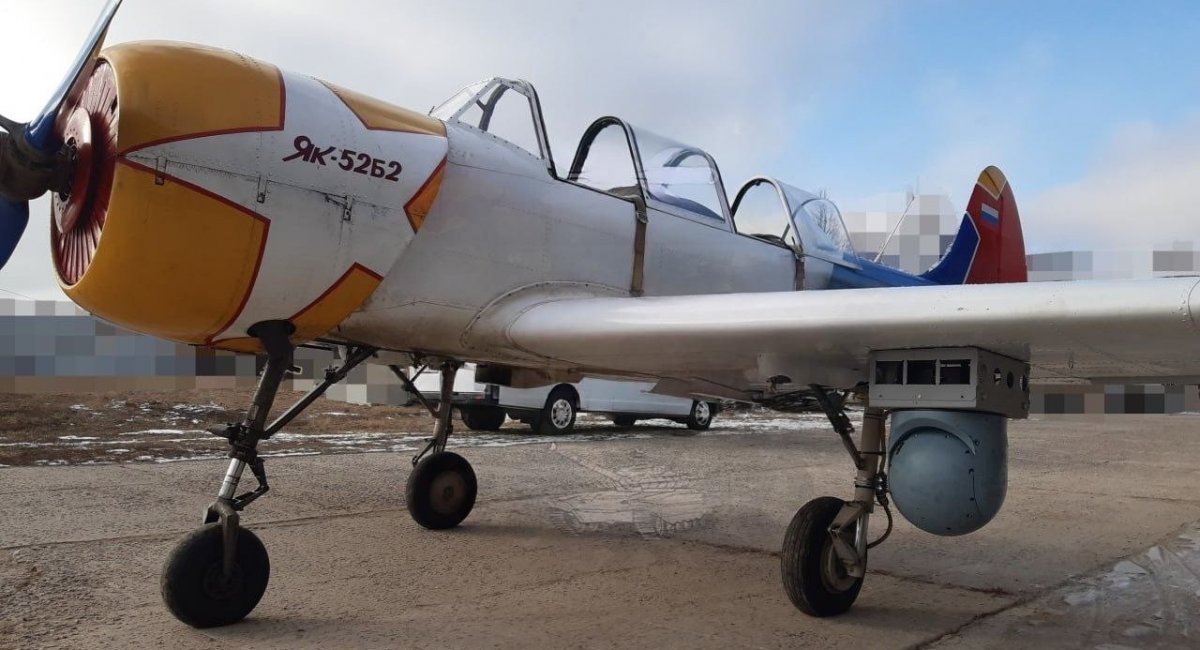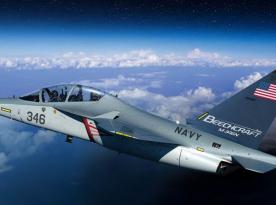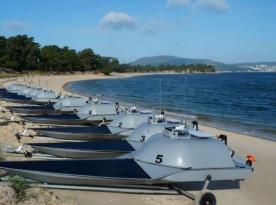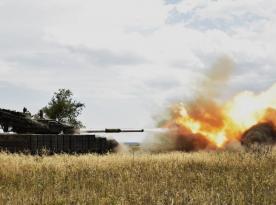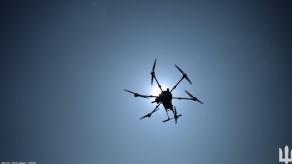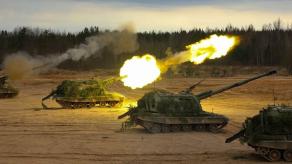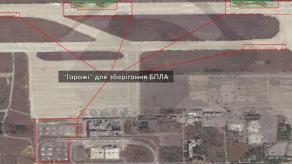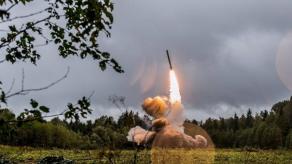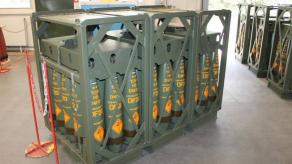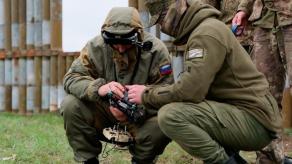According to open-source data, the aircraft is an improvised drone hunter equipped with an optical-electronic station and a Saiga 12-gauge shotgun mounted under its right wing. Each wing is said to support up to 90 kilograms of payload.
The American defense publication The War Zone recently examined this aircraft, pointing out its glaring limitations and why the russian military might resort to such a rudimentary solution.
Read more: Leaked Documents Reveal russian Plans For Tu-95MS, Tu-160, and Tu-22M3 Modernizations, With Numbers and Costs
The core problem lies in the Yak-52B2’s primary weapon: the Saiga semi-automatic shotgun, effective at ranges of just 300 meters. To intercept a drone, the pilot must fly dangerously close, and any explosion from a detonated drone could damage or even destroy the Yak-52B2 itself. Limited ammunition and the questionable choice of a shotgun as the main weapon raise serious doubts about this platform’s effectiveness.
russian sources claim that alternatives, such as a PKT machine gun, were considered but ultimately rejected to "minimize collateral damage." As for the base airframe, other aircraft, like the Yak-18T or Cessna 172, were also reportedly reviewed before settling on the Yak-52.
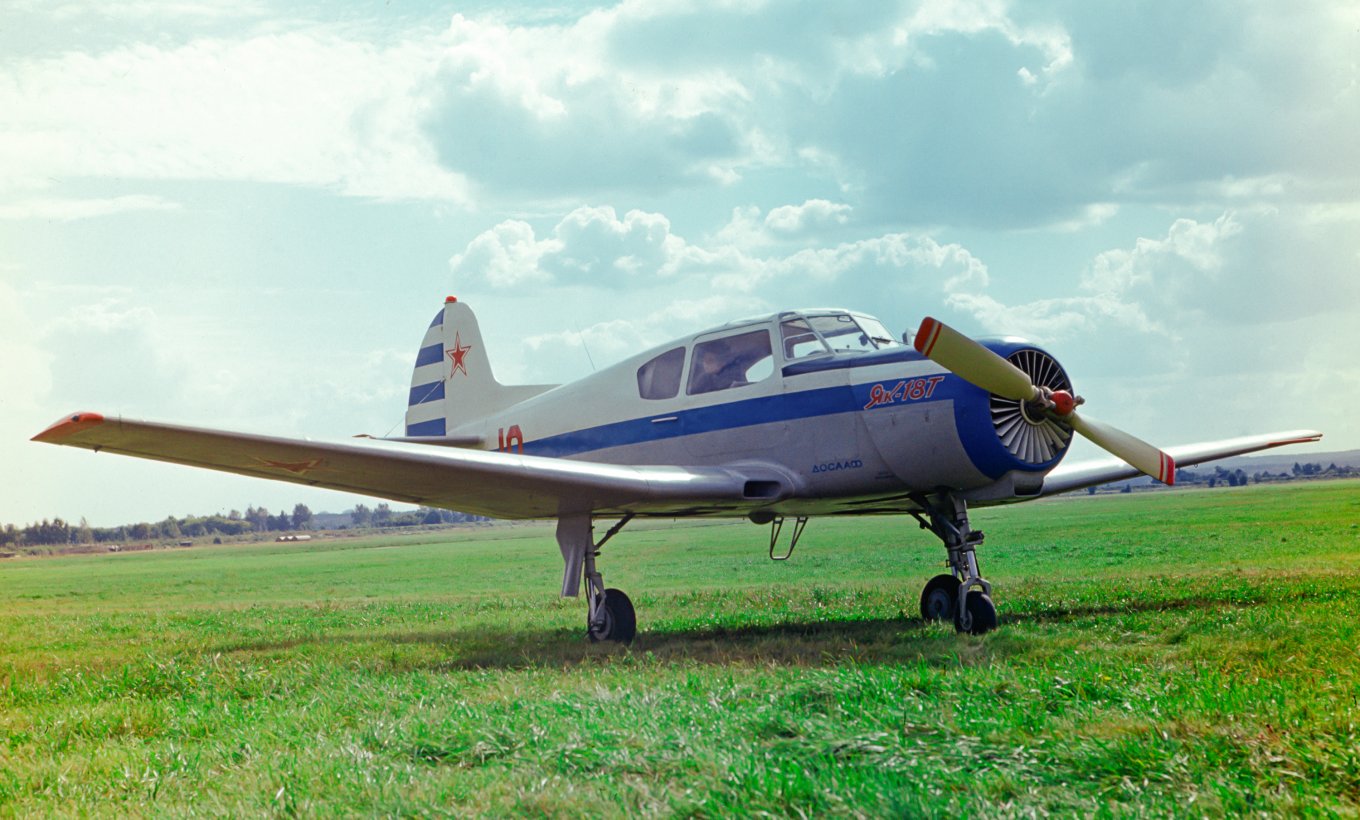
Another major drawback of the Yak-52B2 as a “flying drone hunter” is that its improvised weapon system imposes severe operational limitations. The aircraft’s handling, engagement range, and overall mission effectiveness are all constrained by the use of a 12-gauge shotgun – a weapon never designed for aerial combat. As a result, the Yak-52B2 is unlikely to be used for broad-area drone defense and may only be viable for localized point air defense, if at all.
So why would russia field such a platform in the first place? The logic might be rooted in availability and simplicity. The Yak-52B is a light aircraft capable of operating from improvised airstrips, and its simplicity allows for mass production and rapid deployment. Moreover, russia’s previous attempts to turn the Yak-52 into a light attack aircraft (the Yak-52B) revealed a critical limitation: the airframe cannot accommodate serious weapon systems.
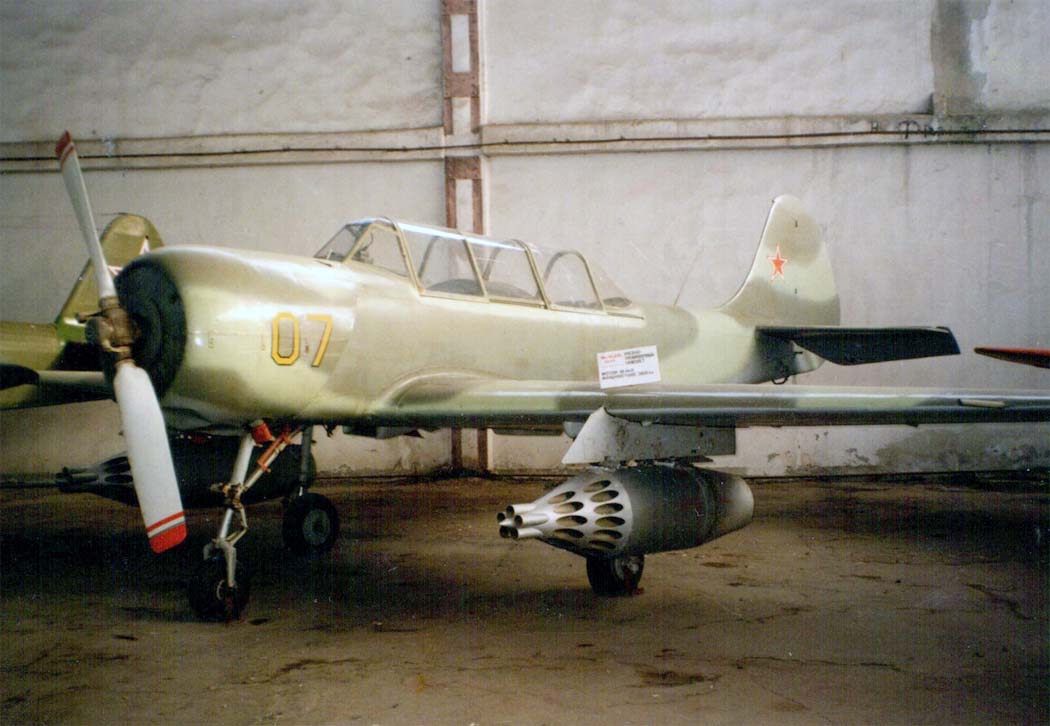
Therefore, from a russian perspective, the Yak-52B2 with a Saiga shotgun might represent a compromise between what is feasible and what is available. In essence, it’s a platform that can fly and shoot, even if its combat effectiveness remains dubious.
As a reminder, reports from August 2024 indicated that russia planned to “revive” the Yak-52B for drone defense – despite the fact that the core issue of how to reliably hit aerial targets was never resolved. Defense Express previously explored whether the Yak-52 could be meaningfully armed to intercept drones, without resorting to First World War-style tactics using hunting rifles from the cockpit.
Read more: Exclusive: russians Arm Shahed-136 With New 90-kg Combined-Action Warheads




